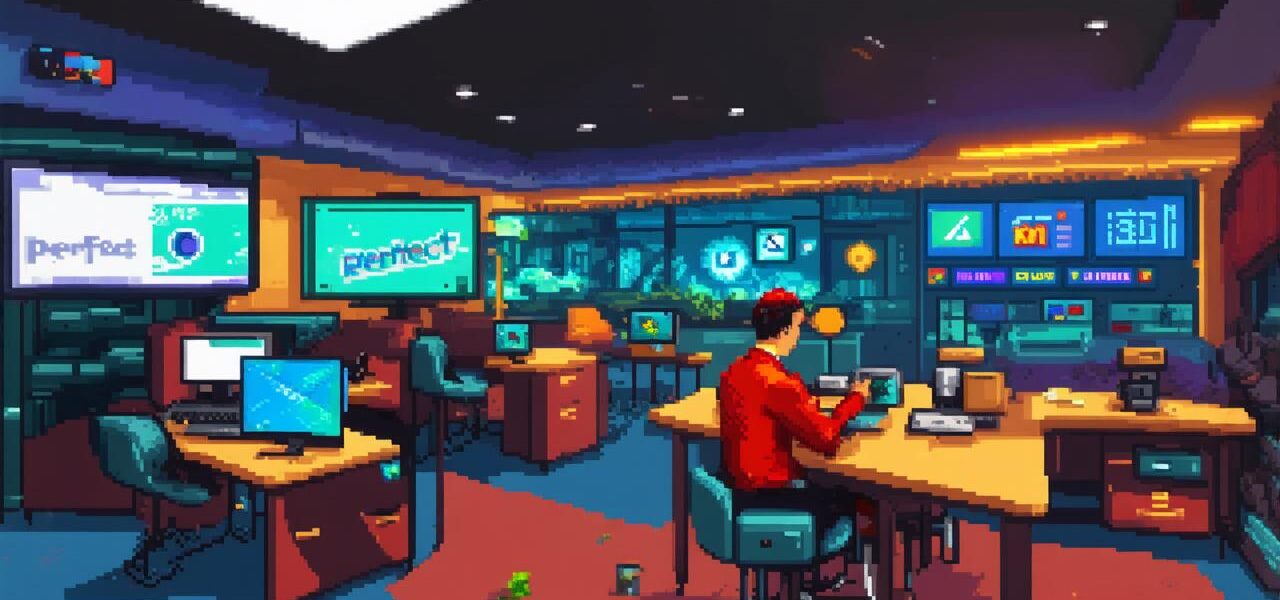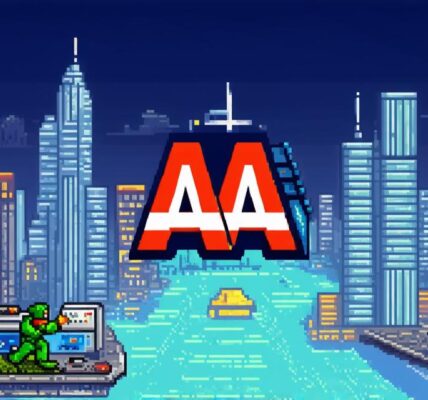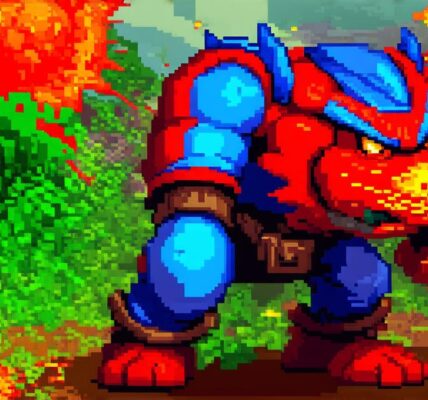Introduction:
Game Development is an art that requires creativity, skill, and hard work. As a game developer, you are responsible for creating an immersive experience for players, which involves designing engaging levels, characters, storylines, and mechanics. One of the best tools available to help you achieve this goal is Game Dev Tycoon (GDT), a popular simulation game that allows you to practice your skills in a virtual environment.
Part I: Game Design Principles
The first step towards developing a perfect 10/10 game in GDT is to follow good game design principles. These principles will help you create a fun, engaging, and immersive experience for players. Some of the key game design principles to keep in mind are:
- Keep it simple: Avoid overwhelming players with too many options or features. Stick to simple and intuitive controls that players can easily understand and use.
- Focus on gameplay: Create a fun and engaging gameplay experience that keeps players coming back for more. Use challenging puzzles, exciting battles, and interesting storylines to keep players engaged.
- Keep it balanced: Ensure that all levels and challenges are balanced and appropriately difficult. Players should feel challenged but not frustrated.
- Make it replayable: Create a game that can be played multiple times with different outcomes. This will encourage players to come back and try again.
- Iterate and improve: Continuously review and improve your game based on player feedback and performance data. This will help you identify areas for improvement and make necessary adjustments.

Part II: Programming and Coding Techniques
Once you have a solid game design in place, the next step is to start coding. GDT uses a simplified programming language called “Game Tycoon Script,” which allows you to create complex games without extensive programming knowledge. Some of the key programming techniques to keep in mind are:
- Use variables and constants: Variables and constants are used to store and manipulate data in your game. They can be assigned values, such as integers or strings, that can be used throughout your code.
- Use functions and procedures: Functions and procedures allow you to organize your code into modular units that can be called from other parts of your game. This makes it easier to maintain and update your code in the future.
- Use conditional statements and loops: Conditional statements and loops are used to control the flow of your game based on certain conditions or events. They allow you to create complex game logic, such as enemy behavior or player movement.
- Use event handlers: Event handlers allow you to respond to specific events in your game, such as player input or level transitions. This enables you to create dynamic and responsive games that react to player actions.
Part III: Marketing and Promotion Strategies
Developing a perfect 10/10 game is not enough; you also need to market and promote it effectively to attract players. Some of the key marketing and promotion strategies to keep in mind are:
- Use social media: Social media platforms such as Facebook, Twitter, and Instagram are great for promoting your game. Create a social media presence for your game, post regular updates, and engage with your followers.
- Use video tutorials and walkthroughs: Video tutorials and walkthroughs can help players understand how to play your game and what to expect. This can be especially useful for complex games with a steep learning curve.
- Use influencer marketing: Influencer marketing involves partnering with popular gamers or influencers in your niche to promote your game. This can help you reach a wider audience and generate more interest in your game.
- Use cross-promotions: Cross-promotions involve promoting your game in other games or apps. This can help you reach new players and increase the visibility of your game.




